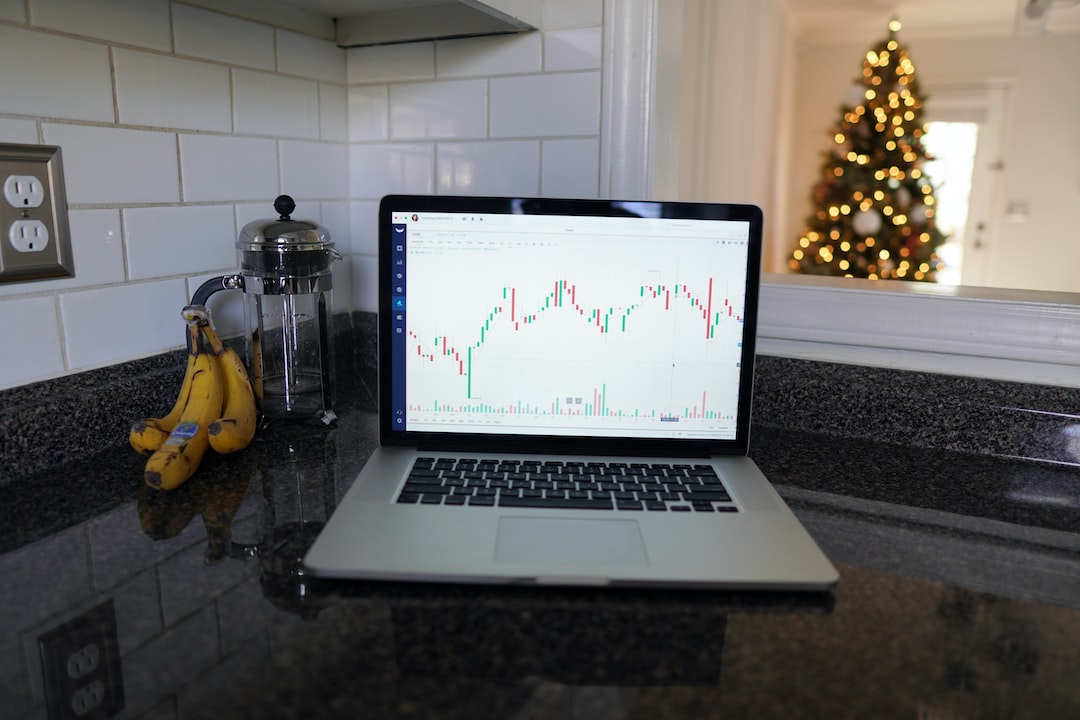Foreign exchange transfers are a common practice in today’s global economy. With the advancement of technology, transferring funds across borders has become easier, faster, and more secure. Banks are the primary institutions that facilitate foreign exchange transfers. In this article, we will explore the process that banks follow to transfer individual forex transfers to home countries.
Step 1 – KYC and Account Setup
Before any forex transfer can take place, banks must follow the Know Your Customer (KYC) norms to verify the identity of the customer. Once the KYC is complete, the bank will set up a forex account for the customer. The customer will have to provide their personal information, including full name, address, and passport number, to open a forex account.
Step 2 – Exchange Rate
The exchange rate is the value of one currency in terms of another currency. Banks use the exchange rate to convert the currency of the transfer into the currency of the recipient’s country. The exchange rate is determined by market forces and is constantly changing. Banks will use the exchange rate prevalent at the time of the transfer to calculate the amount of currency that will be received by the recipient.
Step 3 – Transfer Amount
The customer must provide the bank with the amount they wish to transfer. Banks will typically have a minimum and maximum limit for forex transfers, and the customer must ensure that their transfer amount is within these limits. The transfer amount will be converted into the recipient’s currency based on the prevailing exchange rate.
Step 4 – Fees and Charges
Banks charge a fee for forex transfers. The fee can be a fixed amount or a percentage of the transfer amount. Banks may also charge additional fees, such as processing fees, intermediary bank fees, and correspondent bank fees. It is essential to understand the fees associated with the transfer, as they can significantly impact the overall cost of the transfer.
Step 5 – Beneficiary Details
The customer must provide the bank with the beneficiary’s details, including their full name, address, and bank account number. It is vital to ensure that the beneficiary’s details are accurate, as any errors can result in delayed or failed transfers. Banks will also verify the beneficiary’s bank account details with the recipient’s bank to ensure that the transfer is successful.
Step 6 – Initiate Transfer
Once all the necessary details have been provided, the bank will initiate the transfer. The bank will debit the customer’s forex account for the transfer amount and any applicable fees. The bank will then credit the beneficiary’s bank account in their home country with the converted amount.
Step 7 – Confirmation and Tracking
After the transfer is initiated, the bank will provide the customer with a confirmation of the transaction. The confirmation will include details such as the transfer amount, exchange rate, fees, and beneficiary details. Banks also provide a tracking number, which can be used to track the status of the transfer.
Conclusion
In conclusion, banks follow a multi-step process to transfer individual forex transfers to home countries. The process involves verifying the customer’s identity, setting up a forex account, determining the exchange rate, calculating the transfer amount, charging fees and charges, obtaining beneficiary details, initiating the transfer, and providing confirmation and tracking. It is essential to understand the process and associated fees to ensure a smooth and cost-effective transfer.






